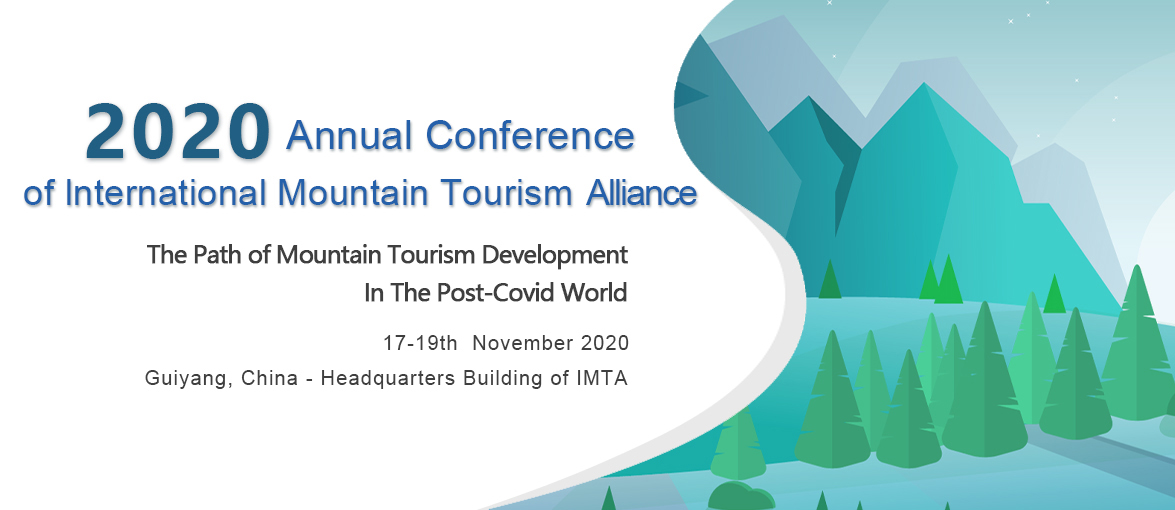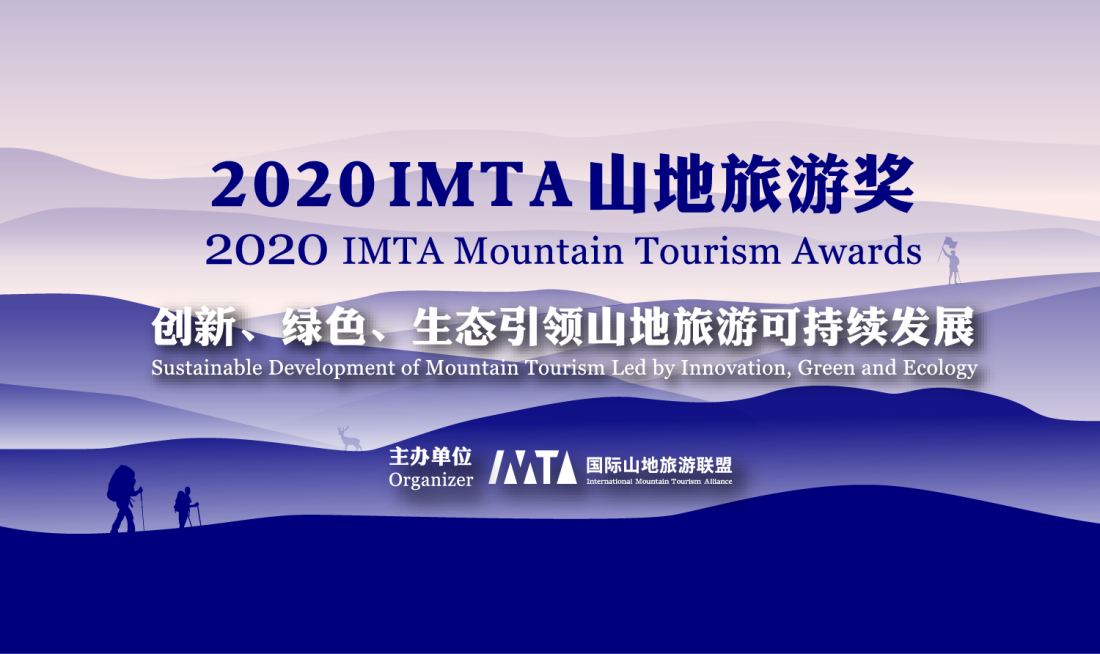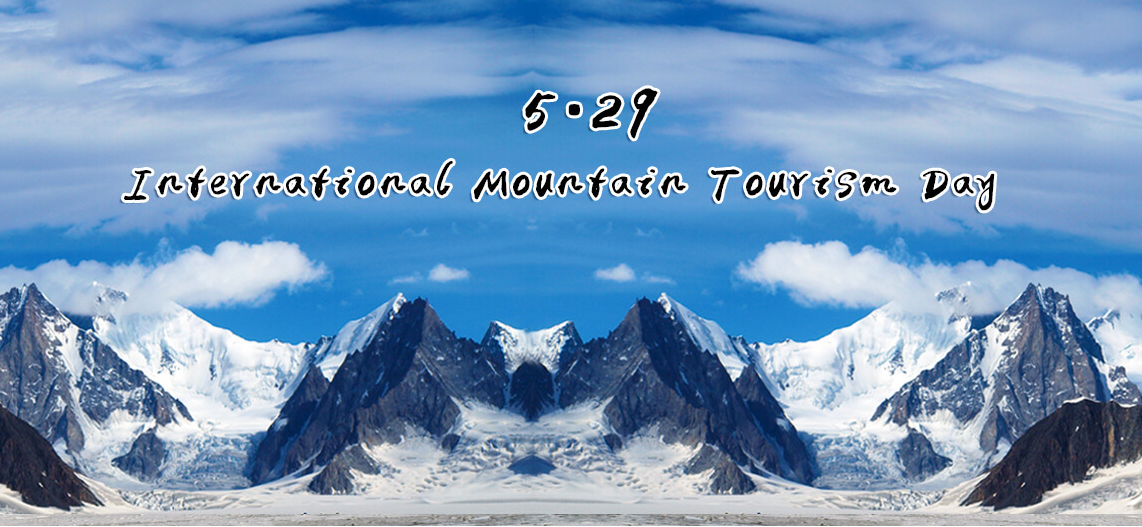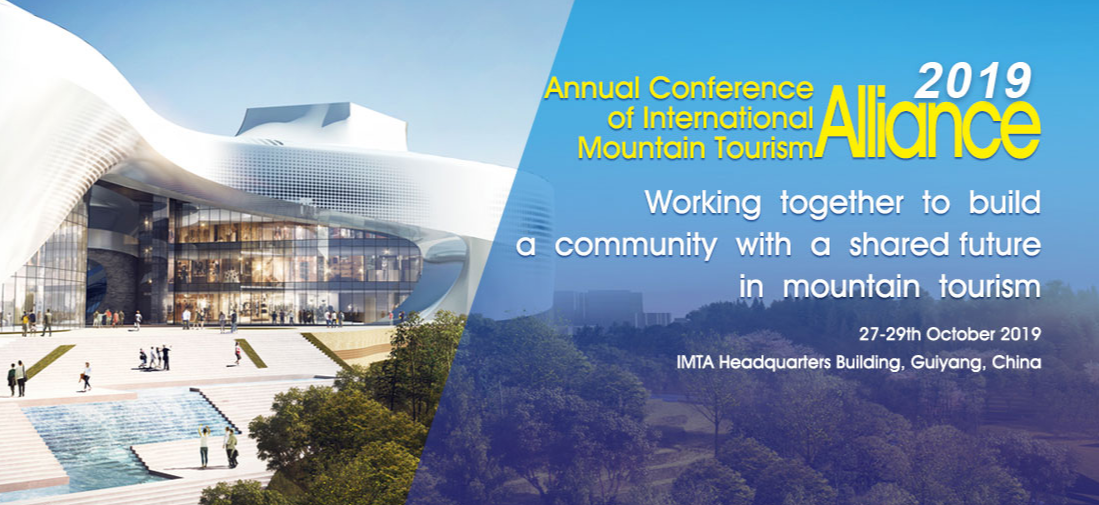“Indeed, more than a year into the pandemic, it appears the Covid-19 shutdown of most international travel has advanced a number of sustainability initiatives.
“The formation last July of the Future of Tourism Coalition underscores the eagerness among players across the industry to work more closely together on rebuilding tourism better. What started with just 22 signatories is now an amalgam of more than 500 companies, destinations, academics and policymakers from around the globe,” the story continues.
The ideas of conservation and sustainability in the tourism industry have been around a long time of course. But the pause of the pandemic has allowed the industry to take a collective step back and assess the world around it. For one thing, we’ve learned that nothing can be taken for granted, and that the absence of tourism has had a deep, profound impact on individuals and communities, large and small. One long-time proponent of conservation has his own ideas on the subject.
“As things get back to ‘normal’ we have the opportunity to become a better, more thoughtful industry,” says Sven Lindblad, founder of Lindblad Expeditions.
Tourism as a force for good
Lindblad has seen the power of the tourism industry and knows the impact it can have, especially when resources overall are so scarce. “Many of us have realized during this past year that the business of travel and tourism is much more vital to local economies and cultures than we thought,” he says.
The weight that tourism wields is especially critical when other entities have been severely weakened. “After the impact of this pandemic, governments don’t have much in the way of resources. So, it’s up to us in this industry to lead these efforts,” Lindblad continues. He sees an improved industry emerging from the pandemic, one that integrates conservation and preserves local culture. He believes that tourism can be a force for good. “We can create meaningful change to support a greater level of care for the nature, culture and history of the places to which we travel,” he says.
Travel advisors have a role to play as well. “It’s an individualistic choice, but travel advisors can be mindful of who they choose to do business with. If they decide that socially responsible behavior is important to them, they can do business with companies that reflect those actions. They can encourage their guests to support conservation and education, and push awareness of those social issues,” Lindblad says.
With that in mind, what does the post-Covid industry look like? “A better, more thoughtful industry largely depends on places being healthy,” Lindblad says. “Coral reefs, wildlife and local cultures need to be healthy. No one wants to visit a place that’s degraded. We need to find creative ways to engage and address these issues.” Changes are already taking place; the Travel Weekly story provides details on what initiatives individual sectors in the industry are beginning to take toward this end.
Return to service
A step in the return to normalcy is Lindblad Expeditions’ June 5th departure of the National Geographic Endeavour II to the Galapagos islands, its first voyage in nearly 15 months. On June 5 and June 6 respectively, National Geographic Quest and National Geographic Venture will take their first guests in nearly 15 months to Alaska.
“I’m personally elated that we’re resuming service. As for the destinations, the businesses that their livelihoods depend upon is returning. This will have an enormous impact on local communities,” Lindblad says.
Creative Solutions
What are some ways that the economic hardships of the past year can be offset? Lindblad believes that creative solutions are called for and his company has stepped up. For example, the crew on some Lindblad Expedition ships comes largely from the Philippines. There has been minimal support during the pandemic: there were no stimulus checks, no unemployment relief and, in short, no social service net. To aid these crewmembers, Lindblad Expeditions has been providing 150 of them with relief until cruising resumes and they can return to work.
Another example: Lindblad Expeditions’ sister company, Natural Habitat Adventures, set up a Community Relief Fund and seeded it with $25,000. Then it invited past guests to lend a hand in the effort. To date over $340,000 has been raised and distributed to aid local guides and rangers, and to provide medical necessities.
In the Galápagos Islands, more than 80 percent of livelihoods depend on tourism. Lindblad formed The Galápagos Island Relief Fund to provide short-term relief and ongoing support. A $150,000 matching grant was devised as a revolving fund to provide small loans to local businesses and entrepreneurs. The company reached out to its past guests and has raised over $300,000.
In Lindblad’s view, these efforts are not just good for people, they’re vital for business: “The industry needs to take care of the places, people and cultures we visit. So this is philanthropy as well as an investment.”
Among other stories of creative and generous investment, Micato Safaris’ non-profit philanthropic division, Micato-AmericaShare, has committed to helping the Mukuru community in Kenya. They’ve provided various forms of aid, including dispensing masks and distributing food and other essential items.














